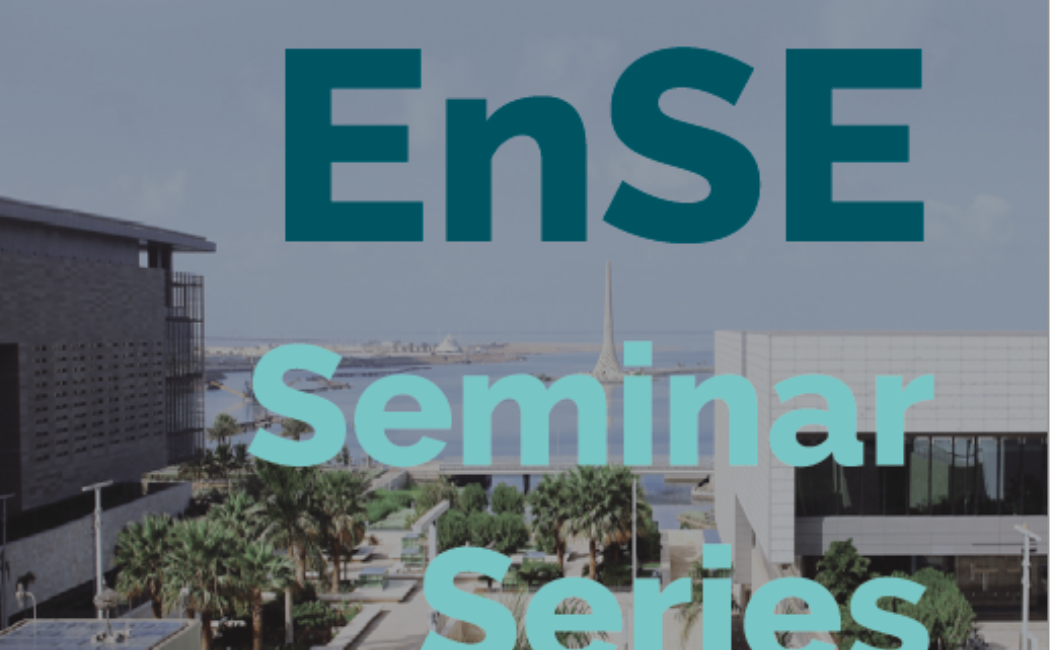



Microbial electrosynthesis (MES) allows recycling of CO2 into value added products by coupling renewable energy to the microbial ability for complex product formation. To improve biofilm formation on the cathode and the rates of product generation, the design of cathodes possessing a high specific surface area and enhanced electrode–microbe electron transfer is needed. In this seminar, we will present a novel cathode design that is made of porous nickel hollow fibers (Ni-PHFs), for facilitating direct delivery of CO2 to Sporomusa ovata in MES through the pores in the hollow fibers. The effects of cathode surface modification with carbon nanotubes (CNTs) are examined in terms of CO2 adsorption, as well as cathode electron transfer resistance, which could partially explain the higher acetate production rate from direct CO2 delivery through the pores of the Ni-PHF/CNT cathode.
Bin Bian received his bachelor's degree in Materials Science from Southeast University, China in 2013. He then joined Western University, Canada to pursue a master's in Mechanical and Materials Engineering, working on the rational design of porous electrode materials for microbial electrochemical systems. In 2016, he was enrolled in Prof. Pascal Saikaly's group as a Ph.D. student and is currently continuing his research on novel electrode fabrication for microbial electrosynthesis from waste stream CO2.

Hong Cheng earned his bachelor's degree in Biotechnology from Jilin University in China in 2012. He then joined Professor Peiying Hong's group at KAUST to pursue an M.S. degree in Environmental Science and Engineering in 2014 and continued on as a Ph.D. student under the supervision of Prof. Peiying Hong. Cheng's research interest focus on the biofilm mechanism of anaerobic membrane bioreactor (anMBR) and developing the strategies for delaying and inhibiting biofilm formation in anMBR.